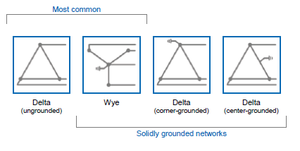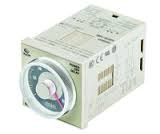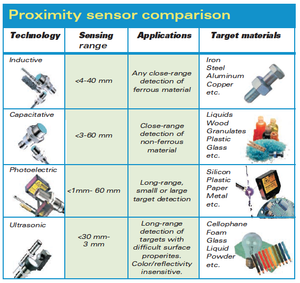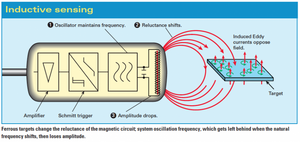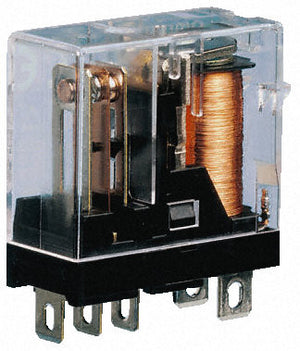Short-circuit current ratings (SCCR)

Short-circuit current ratings
Short-circuit current ratings (SCCR) are tested values for motor control and protection devices to ensure safe reaction during short circuits and ground faults. Since even low-level faults are capable of producing incredible amounts of energy, unprotected equipment can easily cause damage to the installation and endanger personnel within close proximity. Short-circuit current ratings have been mandatory for Industrial Control Panels since 2006.
Components requiring short-circuit current ratings
All power circuit components for Industrial Control Panels are required to have marked short-circuit current ratings expressed in kiloamperes (kA) and voltage. This includes devices such as:
— Disconnect switches
— Branch circuit protective devices
— Branch circuit fuseholders
— Load controllers
— Motor overload relays
— Terminal blocks
— Busbar
ABB manual motor starters are tested for short-circuit current ratings in a wide variety of applications. SCCR values for manual motor starters may differ depending on how they are applied. See page 34 for more guidance regarding selection.
Standard (low) fault ratings - Mandatory
In order for electrical products to be certified as suitable for use in motor applications, they must be tested to a minimum standard value based on the size and type of the device. These are referred to as standard fault or low fault ratings. The table below shows the standard values for motor controllers according to UL 60947-4-1 and CSA C22.2 60947-4-1.

The standard fault value is also the assumed rating for unmarked components.
IEC refers to standard fault current as prospective current “r”.
High fault ratings - Optional
The standard fault values shown on the previous page are the minimum requirement for all motor control components. Since the available fault current for a given installation can vary drastically, standard fault ratings alone are often too low for many applications. For this reason, manufactures, including ABB, often choose to test their devices beyond the minimum requirements. Any short-circuit testing above the minimum standard fault
level and up to a maximum of 200 kA is referred to as a high fault rating.
There are two methods for testing high fault SCCR. The first method, referred to as component-level testing, is performed in an enclosure, but with the upstream short-circuit protective device mounted separately in open air. This is common for devices intended to be supplied separately from the short-circuit protection. The second method, which applies to combination starters, involves testing with all components in a single enclosure. This is referred to as Combination Motor Controller (CMC) testing. CMC testing is common for devices supplied as a complete assembly (e.g. enclosed starters).
IEC refers to high fault current as rated conditional current Iq.
Defined acceptance criteria
Failure of components under fault conditions can create safety concerns for personnel working in close proximity to electrical equipment. To outline what constitutes a pass, the harmonized UL 60947-4-1 and CSA C22.2 No.60947-4-1 standards define acceptance criteria for these components. Several criteria exist for all devices:
— The short-circuit protective device successfully interrupts the fault
— The enclosure door has not blown open, and it remains possible to open it manually
— No damage to, or separation between, the conductors and the terminals
— No damage to the insulating bases of live parts, and no access to current carrying parts
For Combination Motor Controllers, the included circuit breaker, switch, or manual motor starter should be capable of being manually operated, and should not be damaged, exposing conductive parts.
In addition to the above criteria, a distinction is made between two types of coordination: Type 1 and Type 2.This pertains to the suitability of components for continued service following a fault.
Type 1 coordination
Type 1 coordination allows some components, such as the controller and overload protection device, to sustain damage such that they become inoperable following a short-circuit fault. This coordination type requires that these components be replaced before re-commissioning.
Type 2 coordination
Type 2 coordination requires that no damage to overload protection and other components occurs, with the exception that the contacts of the contactor or starter are allowed to weld. This welding must be easily separated by manual effort (e.g. with a screwdriver). Both the overload tripping performance and controller switching capabilities are verified following the short-circuit test.
3JIndustry Specialized Distributor - Buy & Sales Used Products
Email : Sales@3JIndustry.com
- 3J Industry
